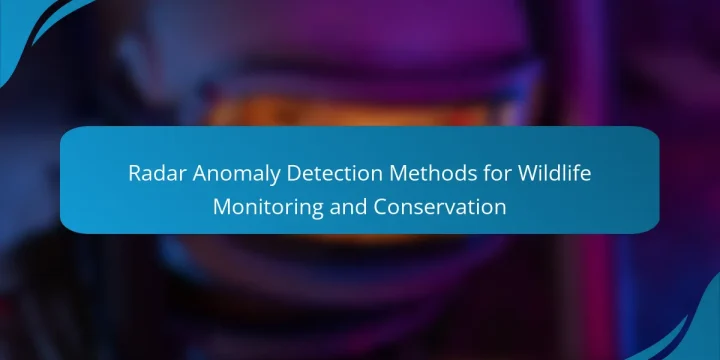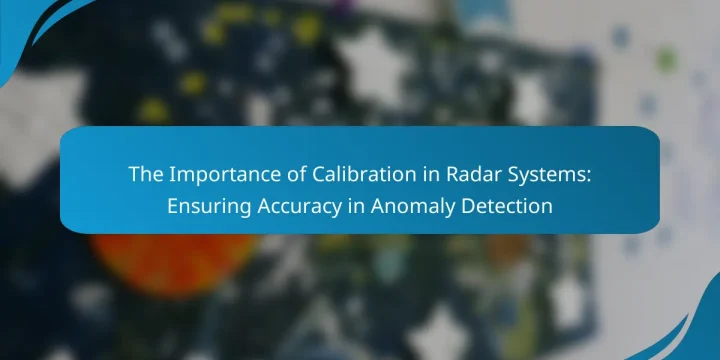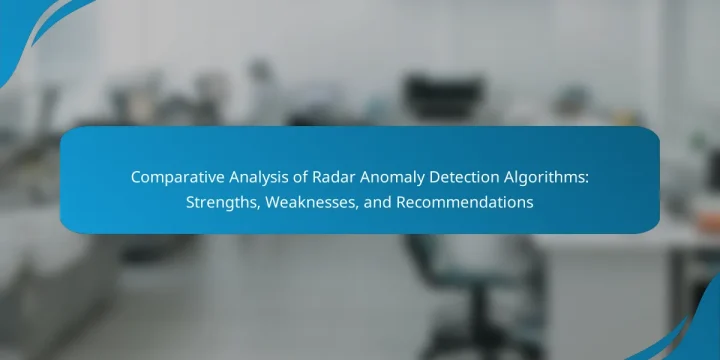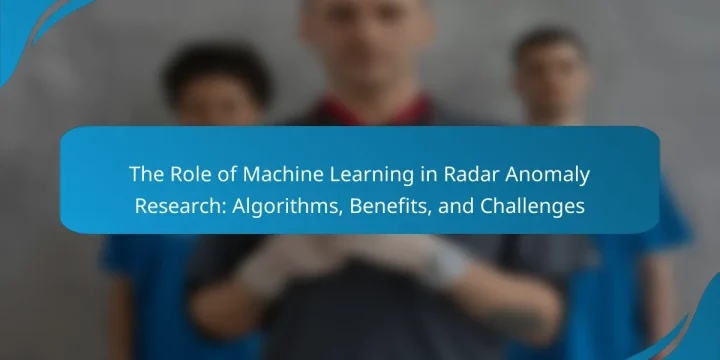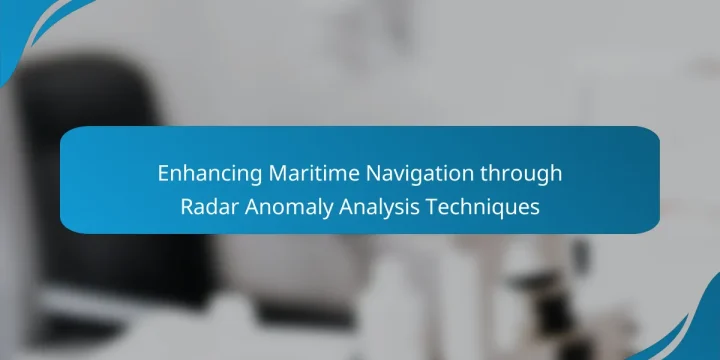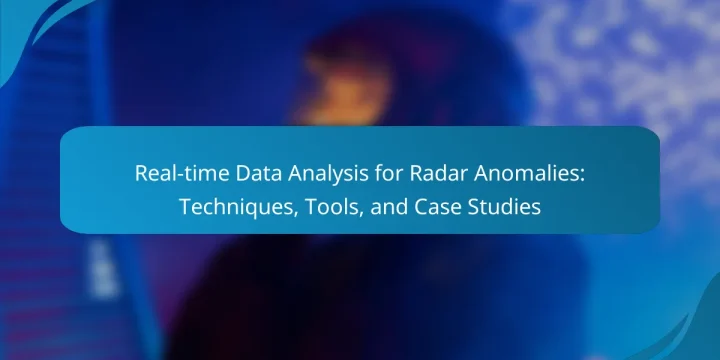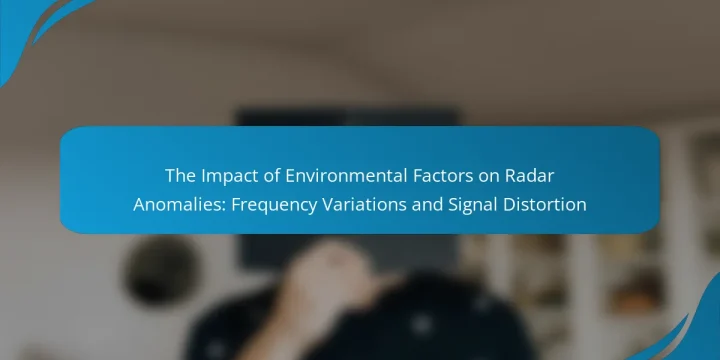
Radar anomalies are unexpected variations in radar signals influenced by environmental factors such as atmospheric conditions, terrain, and physical obstructions. These anomalies can lead to significant inaccuracies in radar readings, particularly during adverse weather, impacting both weather forecasting and aviation safety. Additionally, frequency variations can alter signal propagation, affecting detection accuracy and target velocity readings. Signal distortion further complicates radar functionality by degrading signal quality, resulting in false alarms and missed detections. This article examines how these environmental factors, including frequency changes and signal distortion, compromise radar system reliability across various applications. What are Radar Anomalies and Their Environmental Impact? Radar anomalies are unexpected variations in radar signals that can be caused by environmental factors. These anomalies can result from atmospheric conditions, terrain, and other physical obstructions. For example, heavy…
